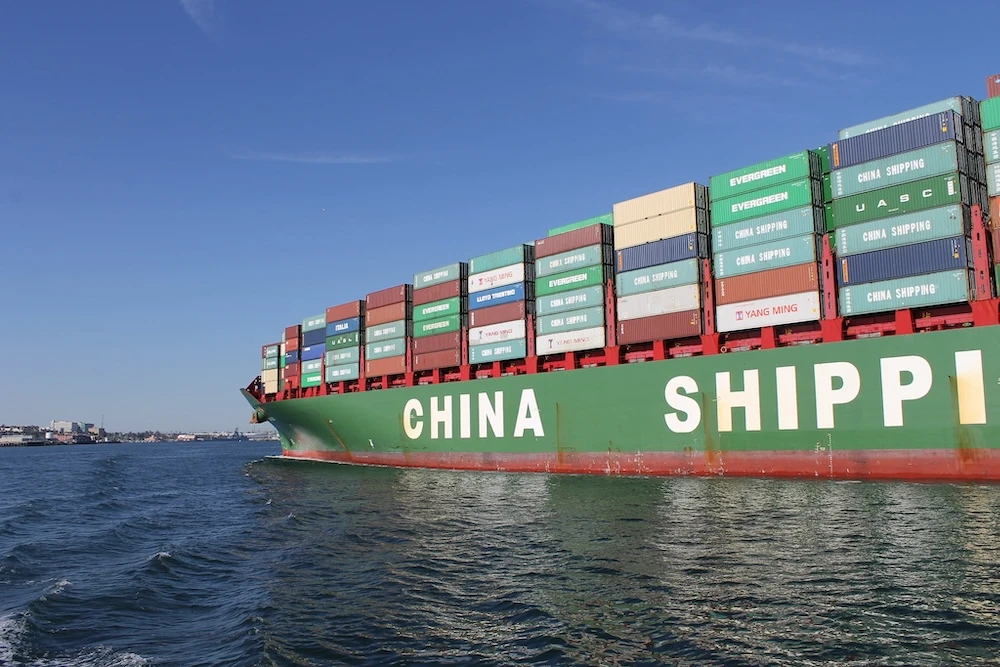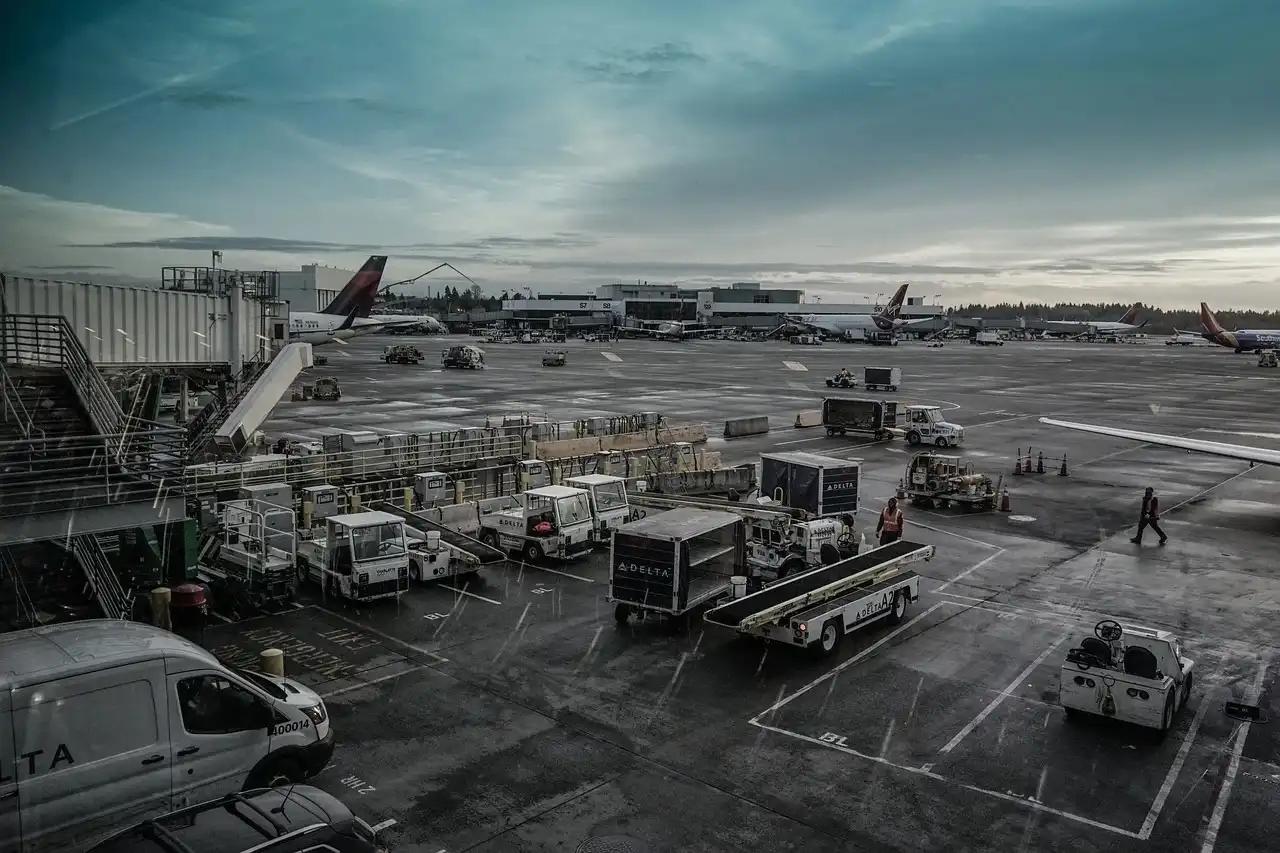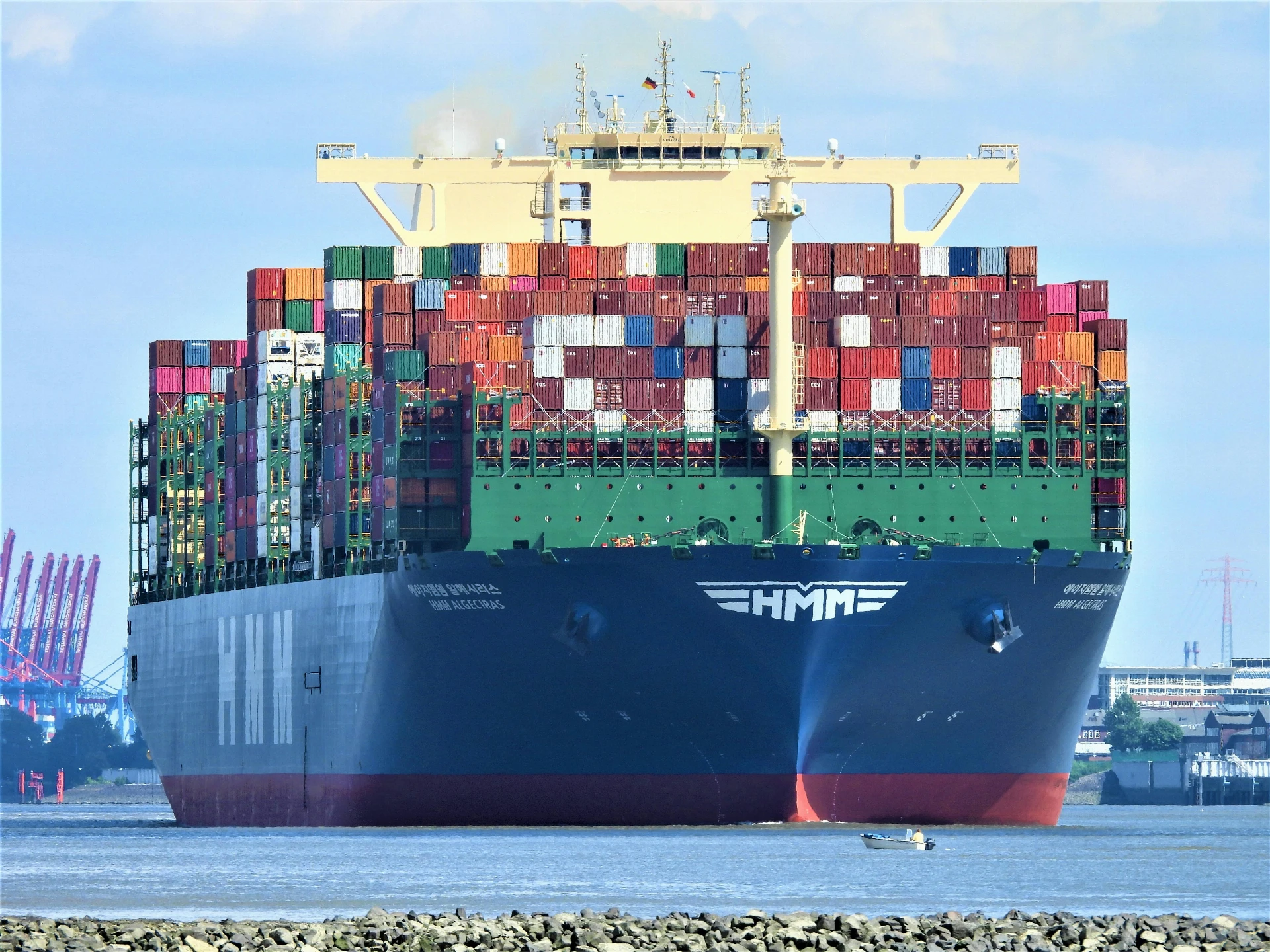

For expedited worldwide shipping, nothing beats sending cargo on an airplane. When there is a need to fill inventory or send time-sensitive goods immediately, a plane is often the only way to have any hope of delivering the shipment in time. When companies need a shipment as soon as possible, there isn’t a moment to spend price-shopping or waiting for bids. Every second counts, and only air freight will do. Planes deliver international shipments worldwide in just a few days and even on the same day in some cases. Meanwhile, other types of transportation can take several days or even weeks, with multiple stops and delays slowing down the process.
Even when it’s not an emergency, air freight is frequently the proper solution for international shipping. Understanding the basics of international air freight helps companies ask for a detailed list of charges in advance and minimizes the likelihood of unexpected fees after delivery that can eat into the return on investment. This article describes how to understand and compute weight costs and additional expenses that may sneak up on you when shipping air freight overseas.
Both the amount of space and the weight capacity are at a premium in airplanes, so carriers must charge accordingly when dealing with international air freight. Space is especially critical, as large items occupy more space than heavier, smaller items. Airlines charge according to a mixture of volume and weight when calculating the total freight cost.
An air freight chargeable weight measures how much you will pay to send your shipment. The chargeable weight is the larger number of your shipment’s actual gross weight or the volumetric weight. A large load of clothes or furniture may weigh less than a smaller shipment of tools, electronics, or dumbbells, but that doesn’t mean you will save money because of the large volume of space it takes up.
The actual weight measures the gross weight in kilograms, including packaging and other materials. The volumetric weight, also known as the dimensional weight, is measured by calculating the actual physical size of the shipments based on the length in centimeters multiplied by width multiplied by height, giving you the cubic centimeters. That number is divided by a specific factor, usually 6,000. The larger answer, gross or volume, is the weight you will be charged, as airlines desire adequate compensation for the most efficient use of the limited space.
The United States uses the imperial system of measurement, but when dealing with international shipping, you’ll need to know the proper conversions to metric:
Inches to centimeters – One inch is equivalent to 2.54 centimeters
Feet to centimeters – One foot is equal to 30.48 centimeters
Pounds to kilograms – One pound is equivalent to .4536 of a kilogram
With metric the most common unit of measurement internationally, air freight costs are usually measured in a price per kilogram (kg). The current air cargo rates range from $4-8 per kg. This rate fluctuates and is known to increase around holidays and back-to-school, as well as in response to new product releases – think new iPhone models – or major global events like natural disasters or the recent pandemic. The price per kg was often as low as $2.50 in the recent past but has risen rapidly in recent years. This rate is multiplied by the chargeable weight to determine the total freight weight cost.
What weighs more – a ton of feathers or a ton of bricks? If you’ve ever been quizzed on this, someone is probably trying to catch you with a joke, because of course, they both weigh the same – one ton, or about 907 kg. When it comes to chargeable weight, however, feathers and bricks are very different.
Let’s take a look at some examples of how to calculate chargeable weight for an international air freight shipment in order to determine the freight costs:
Example 1: You’re shipping a package that includes three boxes that are all 40 centimeters long, 60 cm wide, and 50 cm tall, and each weighs 35 kg. Let’s say the current market price is $7/kg.
The cubic centimeters are equal to 360,000 (40x60x50 x 3 boxes)
The volumetric weight is thus 60 (360,000 divided by 6,000 (the factor usually used)
The actual gross weight is 105 (35 kg x 3 boxes)
You are charged the actual gross weight in this example since it is the bigger number (105 versus 60). The gross weight of 105 is multiplied by the rate of $7/kg for a cost of $735.
Example 2: You’re shipping a package that contains three boxes that are each 50 centimeters long, 60 cm wide, and 90 cm tall, and each weighs 30 kg. Let’s say the current price is $5/kg.
The cubic centimeters are equal to 810,000 (50x60x90 x 3 boxes)
The volumetric weight is thus 135 (810,000 divided by 6,000)
The actual gross weight is 90 (30 kg x 3 boxes)
In this example, you are charged the volumetric weight since it is the larger number (135 versus 90) — even though the actual gross weight is much smaller. The volumetric weight of 135 is multiplied by the rate of $5/kg translates to a cost of $675.
The total cost of sending a shipment doesn’t end with the weight. There are several other charges that international air freight usually includes. Understanding these costs in advance helps you better anticipate your actual air freight bill:
This fee covers the cost of handling and processing shipments at the airport and may include loading and unloading, storage, and other handling services.
These expenses are the transportation cost of sending cargo to the next destination and are separate from airport handling fees.
This fee protects your cargo against any potential loss, damage, or theft during transportation. Cargo insurance is especially needed if you are shipping sensitive, perishable, or high-value goods.
These international air freight fees are the cost of storing cargo at the consolidated freight station before shipping. This charge is from facilities that process shipments and can include the cost of consolidation, deconsolidation, and storage.
These are the costs to process proper paperwork and documentation to get through the customs declaration process of another country. It includes any duties or taxes on the shipment and may vary by country or the type of goods you are shipping.
These are charges to ensure the safety of all parties involved in cargo that are considered dangerous for air travel. It consists of the cost of handling, transporting, and providing other security for these dangerous items, which may include hazardous materials, explosives, or chemicals. Dangerous goods also entail other cargo considered more hazardous for air travel than in a typical setting, such as cleaning supplies or paint.
This covers the cost of preparing and processing any needed documentation and may comprise a bill of lading, customs declarations, permits, certifications, or invoices.
These special international air freight fees vary by country and include duties or taxes to pay in the destination country before the shipment can be released.
These fuel costs used in transporting cargo are frequently a percentage of the chargeable weight. Fuel prices change rapidly, and specific destinations or long flights may incur additional fuel surcharges.
These are additional costs for preparing and packaging a shipment, loading or unloading, and any other required handling services. These may vary depending on the weight or size of the shipment.
These charges are for the pickup from the origin point and delivery to the next destination along the supply chain.
This fee is if a shipment needs to be rerouted or reconsigned to a different location. These charges may be significant, especially if the destination suddenly changes on express orders.
Any charges cover additional security required at the airport for some high-risk shipments. They can include screening, inspection, or even X-rays.
If the shipment isn’t picked up right away, this is the cost of holding it and may vary depending on the length of time stored, where it is stored, and what type of goods it includes.
The terminal handling fee is the charge for handling your cargo at the terminal and may be at the origin or destination airport. It may include loading, unloading, and providing storage, as well as if any loading docks or ground-handling equipment is needed.
VATs may include taxes not included in the initial quote. The tax may be substantial, especially if the country you are shipping to has a high VAT rate.
Shipping overseas via air has advantages and disadvantages. International air freight may be sent to worldwide locations at unrivaled speed, with reliable delivery times that include top-notch security to safeguard your shipment. But international air cargo shipping may also consist of size and weight restrictions, the use of copious amounts of fuel, and a cost that may not be suitable for your current budget. Understanding all the expenses you may pay will help you decide if sending freight via air is the proper decision.
When shipping internationally or domestically, working with a trusted, knowledgeable partner is vital to ensure reliable, efficient service and transparent costs. Freight Right offers the solution to your needs and can help you navigate the complex world of shipping freight around the globe- by sea, air, rail, or road!.
Get an instant quote or talk to a Freight Right expert to discuss your shipping options today.

Explore the journey from ‘Buy Now’ to your home in our China-US Ocean Freight Shipping Guide. Discover the trade, environmental impact, and future of shipping.

In the hospitality and hotel sectors, the success of a project often hinges on countless elements working together seamlessly. Among these, shipping Furniture, Fixtures, and Equipment (FF&E) plays an integral role, often influencing a project's timeline,

It has been established: ATA Carnets make the import/export experience of non-commercial goods so much easier, however, the usage of this document, has its own complications and concerns. Many Carnet holders often show concern about when to use each part

This blog explores digital air freight and how e-bookings provide a more efficient and faster way for logistics professionals to make connections.

Freight Right leads in LAX customs brokerage, managing over 100K tons of air cargo annually. Discover our role in LAX’s cargo efficiency and compliance.

Learn about the most common extra charges on ocean import

Discover the complexities of shipping freight to Alaska, and learn why partnering with Freight Right is essential for efficient deliveries.

Why it’s so expensive to ship goods and to travel between multiple U.S. ports.

Based on the latest insights from the 2025 National Trade Estimate Report, here’s a practical breakdown of the most pressing trade challenges across the United States’ top 10 goods trading partners.

Demurrage and detention fees are mostly avoidable when you use the right solutions and partnerships to help you manage your shipments.